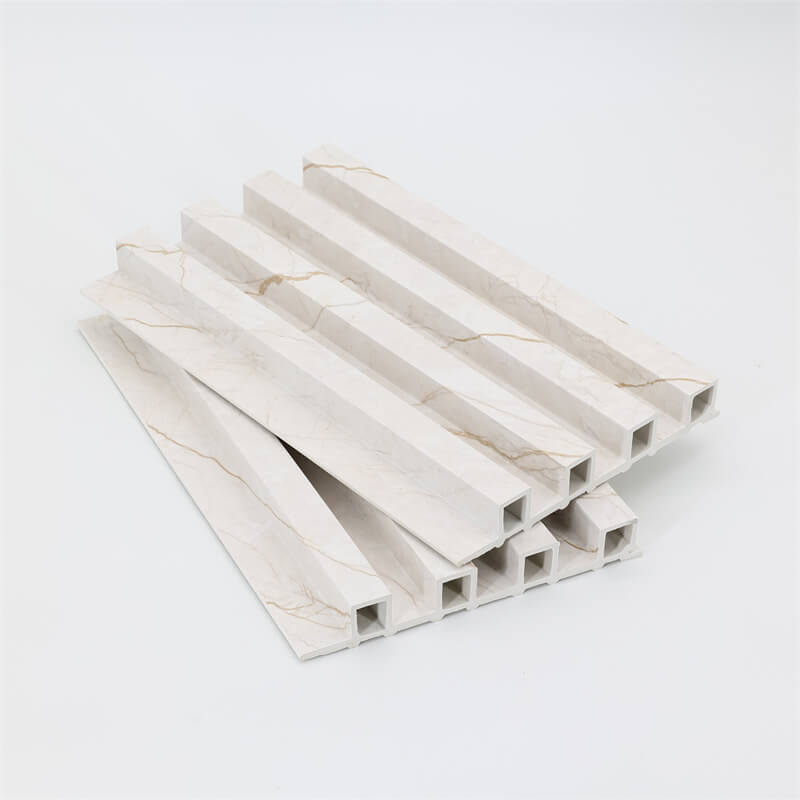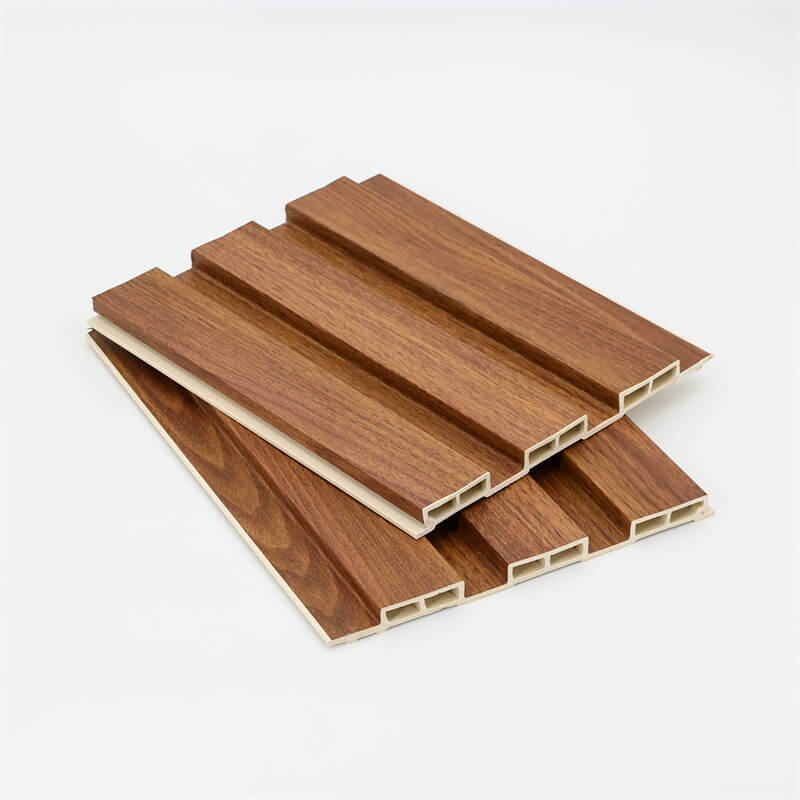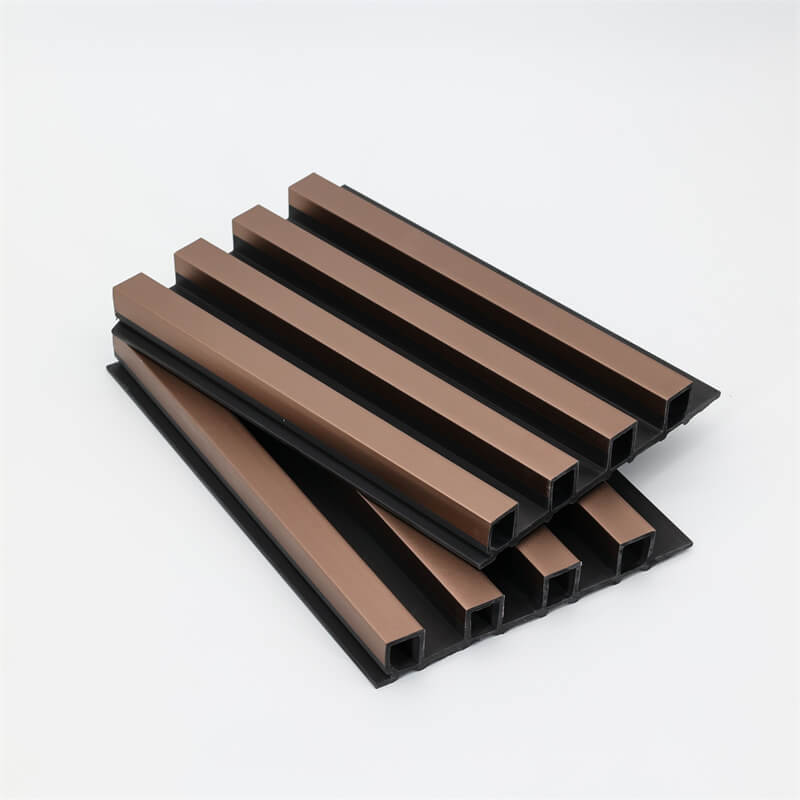
When it comes to selecting materials for various applications, such as construction, interior design, or outdoor projects,
the choice between WPC (Wood-Plastic Composite) panels and traditional materials can be challenging.
Both options have their advantages and disadvantages, and understanding their comparative analysis is crucial for making informed decisions.
In this article, we will explore the key factors that differentiate WPC panels from traditional materials, including their composition, durability, maintenance requirements, and environmental impact.
I. Composition and Material Properties
WPC Panels
WPC panels are composite materials made from a blend of wood fibers or flour and thermoplastics.
The wood component is typically sourced from recycled materials or sustainably managed forests, while the thermoplastics used are often derived from recycled plastic products.
This combination of wood and plastic creates a material that possesses the best qualities of both.
The presence of wood fibers provides natural aesthetics, warmth, and texture to the panels, while the thermoplastics offer durability, moisture resistance, and dimensional stability.
The composition of WPC panels results in a material that is resistant to rot, insects, and warping, making it suitable for a wide range of applications.
Traditional Materials
Traditional materials, such as natural wood, stone, or metal, have been used for centuries and are known for their unique properties and aesthetic appeal.
Natural wood offers warmth and natural beauty, but it requires regular maintenance, is susceptible to rot, insects, and warping, and can be prone to fading and discoloration over time.
Stone and metal are renowned for their durability and strength, but they can be heavy, expensive, and require specialized installation methods.
These traditional materials often come with their own maintenance requirements and may not possess the same level of versatility as WPC panels.

II. Durability and Maintenance
WPC Panels
WPC panels are engineered to be highly durable and low-maintenance compared to traditional materials.
Their composition makes them resistant to moisture, rot, insects, and warping.
This inherent durability ensures that WPC panels can withstand the rigors of outdoor conditions and high-traffic areas without the need for frequent replacements.
Maintenance for WPC panels typically involves occasional cleaning with soap and water to remove dirt or stains.
They do not require painting, staining, or sealing to maintain their appearance and protect them from the elements.
This makes WPC panels a convenient and cost-effective option for projects where low maintenance is desired.
Traditional Materials
The durability and maintenance requirements of traditional materials vary depending on the specific material.
Natural wood, for instance, requires regular sealing, staining, or painting to protect it from moisture, UV radiation, and pests.
Failure to perform these maintenance tasks can lead to degradation, discoloration, and reduced longevity.
Stone and metal may require periodic cleaning and sealing to maintain their appearance and prevent corrosion or staining.
The maintenance needs of traditional materials can be time-consuming and involve ongoing expenses for sealants, paints, or specialized cleaning products.
III. Environmental Impact
WPC Panels
WPC panels offer several environmental benefits compared to traditional materials.
Firstly, they utilize recycled materials in their production, reducing the demand for virgin resources.
The use of recycled wood fibers and plastics helps to conserve natural resources and minimize waste sent to landfills.
Additionally, the manufacturing process of WPC panels requires lower energy consumption compared to the production of traditional materials.
This results in reduced greenhouse gas emissions and a smaller carbon footprint.
By opting for WPC panels, one can make a positive impact on the environment by supporting a more sustainable and circular economy.
Traditional Materials
The environmental impact of traditional materials can vary depending on factors such as sourcing, processing, and disposal.
Wood harvested from unsustainable sources contributes to deforestation and habitat destruction.
Quarrying stone and mining metals can have significant ecological consequences, including habitat disruption and soil erosion.
Furthermore, the production processes for traditional materials often require substantial energy consumption and generate greenhouse gas emissions.
The environmental impact of traditional materials can be mitigated by choosing sustainably sourced options and employing responsible manufacturing practices.

IV. Versatility and Design Options
WPC Panels
WPC panels offer a high level of versatility in terms of design options and applications.
They can be manufactured in various sizes, profiles, and textures, allowing for customization to suit specific project requirements.
The panels can be used for decking, cladding, fencing, furniture, and many other applications in both indoor and outdoor settings.
The availability of different colors and finishes provides designers with ample choices to achieve the desired aesthetic appeal.
WPC panels can emulate the look of natural wood while offering superior durability and resistance to the elements.
Traditional Materials
Traditional materials also offer design flexibility and unique aesthetics.
Wood provides a warm and natural appearance, while stone and metal can add a touch of elegance and strength to a project.
Each material has its own distinct characteristics and can be used to create a range of architectural styles and design motifs.
However, traditional materials may have limitations in terms of their ability to withstand harsh weather conditions, resist pests, or provide consistent performance over time.
These limitations can impact the longevity and functionality of projects, particularly in outdoor or high-traffic areas.
The comparative analysis between WPC panels and traditional materials highlights the unique qualities and benefits of each option.
WPC panels offer durability, low maintenance, and a reduced environmental impact.
They provide design versatility and are suitable for various applications.
On the other hand, traditional materials have their own aesthetic appeal and can contribute to a specific architectural style or design concept.
Ultimately, the choice between WPC panels and traditional materials depends on project requirements, budget, sustainability goals, and personal preferences.
Careful consideration of the factors discussed in this article will help guide decision-making, ensuring the selection of the most suitable material for each specific application.
